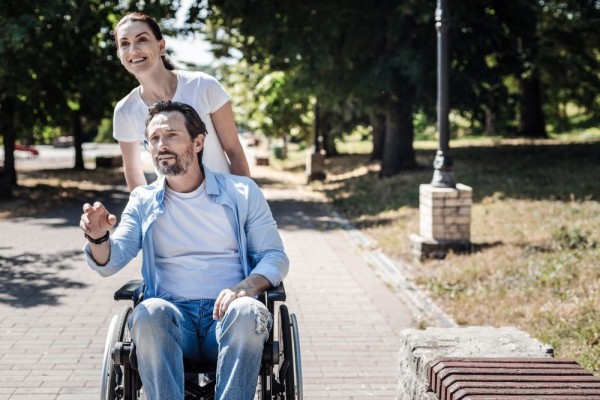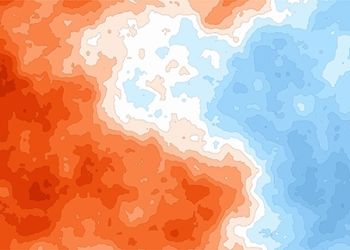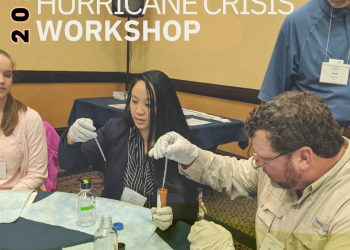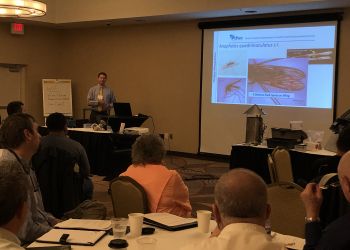This post was written by Sabrina Chow, NACCHO Health & Disability Fellow.
January not only marks the beginning of a new year, but also National Birth Defects Awareness Month. Every year, one in every 33 babies in the United States will be affected by some type of birth defect, equating to over 120,000 newborns living with a birth defect for the rest of their lives. The Centers for Disease Control and Prevention (CDC) recognizes January as National Birth Defects Awareness Month in an effort to raise awareness about birth defects and highlight the effort to improve the health of those living with birth defects, and their families, across their lifespan.
Birth defects can be discovered before, during, or after birth, with most being discovered within the first year of life. While some birth defects are clearly visible, others require extensive testing before they can be diagnosed.
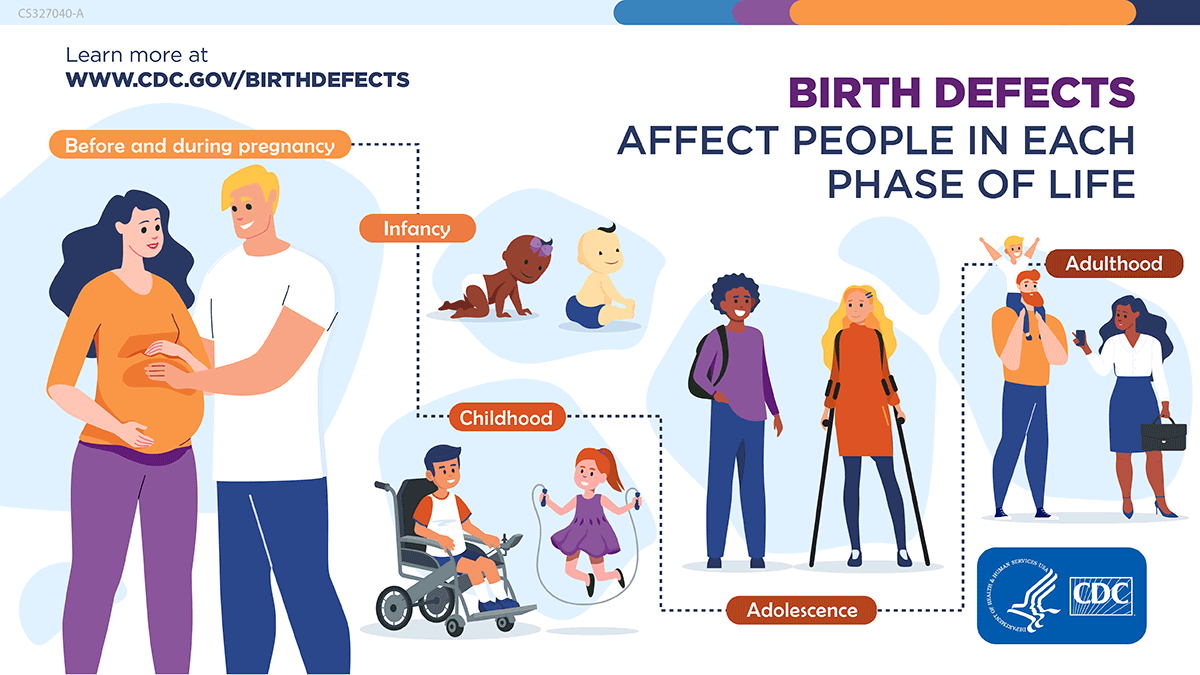
Looking across the lifespan, the needs of individuals with birth defects vary, with a variety of support networks growing as the child grows up. The following phases of the lifespan outline various needs and methods to improve quality of life:
- Before and During Pregnancy: Before a baby is even born, adopting healthy behaviors and habits significantly increase the chances of delivering a healthy baby. This includes meeting with a healthcare professional regularly to maintain proper prenatal care for both the mother and child, and avoiding harmful substances (e.g., cigarettes, alcohol, marijuana) that have been shown to lead to birth defects such as low birth weight and various disabilities.
- Infancy: Parents of children with birth defects may face additional challenges as new parents. Some families choose to utilize the medical home approach to care, where healthcare providers and families work together on personalized plans to meet the needs of the child and family.
- Childhood: Early intervention services and support provided to children with birth defects have been found to a significant impact on the development of skills and increase the probability of success in school and life. Developmental milestones will vary for children depending on the birth defect but working with educators and providers to develop strategies and plans for learning and develop significantly help improve outcomes.
- Adolescence: As adolescents living with birth defects transition from childhood to adulthood, the transition from pediatric care to adult healthcare can be difficult, specifically with changing insurance and specialists. It is recommended to start the transition process early to ensure care is always accessible. Resources are available on the PACER’s National Parent Center on Transition and Employment on navigating this process.
- Adulthood: As women with birth defects reach adulthood and may start to think of having children of their own, it is important to consider the possibility of having a child with a birth defect. While every woman has a 3% chance of having a child with a birth defect, women living with a birth defect have a higher probability of having a child with a birth defect. Consulting with a genetic counselor or healthcare provider can be helpful to understand the risks to not only the child, but the woman.
What can local health departments do to improve inclusivity and recognition of birth defects in their communities?
- Raise awareness that birth defects extend beyond just birth. The National Center for Birth Defects and Developmental Disabilities (NCBDDD) provides resources for healthcare providers and families about having a child with birth defects, and specific resources for raising awareness through social media and other channels. Use the #AcrossTheLifespan and #BirthDefects throughout the month of January to show support. https://www.cdc.gov/ncbddd/birthdefects/awareness-month/index.html
- Collaborate with community partners/organizations to improve the accessibility and knowledge of healthcare services available for families with children living with birth defects in your local community. NACCHO has a running directory of community-based organizations that serve people with disabilities. https://www.naccho.org/uploads/downloadable-resources/Fact-Sheet_Directory-CBO.pdf
